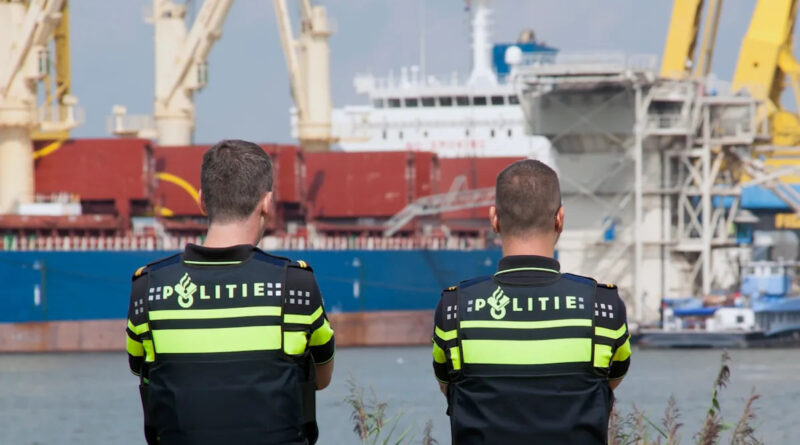Investigation uncovers huge smuggling network with shocking cargo: ‘What we’re seeing is just the tip of the iceberg’
They might look like underwater fairy tale creatures, but seahorses are being trafficked by the millions, and most people are unaware of this. A recent study uncovered a huge global smuggling network that’s quietly stripping them from the ocean.
What’s happening?
The CBC reports that a study published in Conservation Biology found that nearly 5 million seahorses were seized by authorities between 2010 and 2021, across 62 countries, worth around $29 million.
And that’s just what got intercepted.
“The nearly 300 seizures we analyzed were based only on online records and voluntary disclosures including government notices and news stories. This means that what we’re seeing is just the tip of the iceberg,” said Sarah Foster, lead author and researcher at the University of British Columbia’s Institute for the Oceans and Fisheries, per CBC.
Most dried seahorses are used in traditional medicine, especially in China and Hong Kong. Some also turn up in Canada, sold in shops and online.
Researchers uncovered complex smuggling routes. Some seahorses were hidden in luggage. Larger shipments moved by sea — often packed with other trafficked wildlife like shark fins, pangolin scales, and ivory.
Watch now: Giant snails invading New York City?
One shipment took a bizarre route: West Africa to Peru to Vietnam to China.
Why is this discovery concerning?
Seahorses may be tiny, but they play a big role in keeping marine ecosystems balanced. Take them out, and the food chain starts to wobble.
Worse, they’re usually harvested through bottom trawling, a destructive fishing method that drags massive nets across the seafloor. “By the time they’ve pulled these nets out of the water, everything is already dead,” said Max Valentine, campaign director at Oceana, per CBC. She continued, “So we’ve lost all of that biomass, all of those organisms from the environment.”
Valentine also shared that when she first learned about the “bombshell” seahorse smuggling study, she felt “shocked and appalled.”
Right now, 15 species are threatened — two critically endangered, 13 listed as vulnerable, according to the International Union for Conservation of Nature.
In wildlife smuggling cases, sometimes the animals are introduced into the wild where they don’t belong and become invasive, destroying the native species and ecosystems around them.
This isn’t just bad for marine life. Coastal communities rely on healthy oceans for food, jobs, and long-term survival.
What’s being done about it?
Seahorses are supposed to be protected under the Convention on International Trade in Endangered Species of Wild Fauna and Flora, signed by 183 countries. It requires permits for legal trade, but those are hard to get, and many sidestep the process.
“Most of this illegal trade is [from] people who are not catching them with the permits, or with the regulations in place,” Valentine told CBC.
Researchers say better global coordination and smarter enforcement, especially at ports, are key.
There’s hope. By exposing this “devastating harvest,” the study could help protect seahorses and the ocean life that depends on them.
Want to help? It’s important to stay informed. Skip products made with marine life. Support smart ocean policies. And if you live near the coast, here’s a guide to protecting marine biodiversity.
Join our free newsletter for good news and useful tips, and don’t miss this cool list of easy ways to help yourself while helping the planet.
